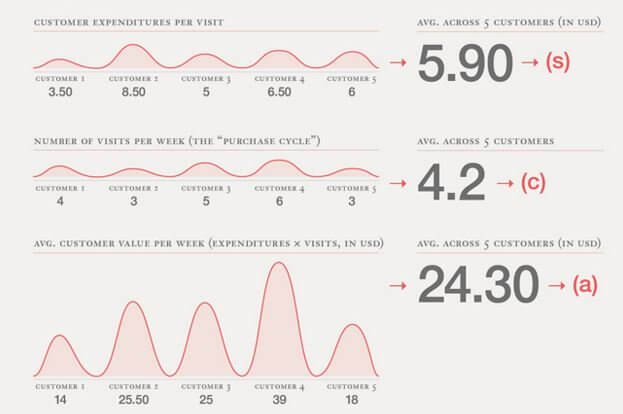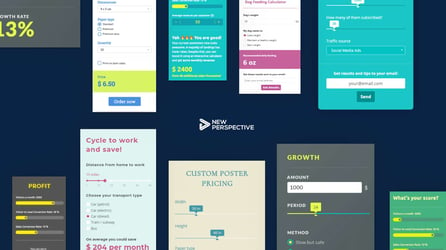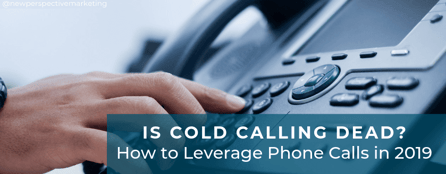How to Calculate and Increase Your Customer Lifetime Value

Customer lifetime value (CLV) is a dollar amount that represents the total profit a customer is expected to bring to a company for the entire length of the business relationship. Depending on the products and services your business provides, not every customer has the same lifetime value.
For more accurate predictions of your customers’ CLVs, calculate these values separately for your different customer types. Your Customer Lifetime Value is one of the most important metrics for your marketing team to calculate. Pretend that you’re at an auction and there’s a potential customer up for grabs.
Importance of Customer Lifetime Value
Knowing your customer lifetime value lets you calculate how much a lead is worth to your company and can help you establish a maximum bid. If you don’t know how much a lead is worth, you’ll end up bidding blindly, often overspending to make the acquisition.
How to calculate your Customer Lifetime Value
Depending on your business model or company needs, there are a variety of different ways to calculate a customer’s lifetime value. Many organizations calculate it using all three of the following formulas and taking the average to determine appropriate marketing spend.
Here’s what you’ll need:
- Customer spend per visit: Average spend of x amount of customers. Represented by s.
- Average visits per period of time: Can be weeks, months, etc. Calculate by taking the average of x amount of customers. This will be c.
- Average customer value per period of time: Use the same period from above. Calculate x amount of customers spend times visits, then take the average. This will be a.
- Average customer lifespan: How long does someone remain a customer? This will be represented as t.
- Customer retention rate: The percentage of customers who continue to do business with your company in comparison to the previous time period. This will be represented with an r.
- Profit margin per customer: Revenue minus cost and represented by a percentage. This with be represented with a p.
- Discount rate: The interest rate used in a discounted cash flow to calculate the dollar value of a future cash flow. Typically this number is between 8% and 15%. This will be represented by i.
- Average gross margin per customer lifespan: Profit margin multiplied by the average customer spend. This will be represented by m.

Simple Customer Lifetime Value Equation
52(a) x t
Custom Customer Lifetime Value Equation
t(52 x s x c x p)
Traditional Customer Lifetime Value Equation
m(r/1 + i – r)
Putting it all into practice
Pretend that you own a gym. This will help you understand why segmenting your customers is crucial for accuracy. Think about how some customers go for the bare minimum membership, while others spend extra on personal training sessions, branded gym gear, and additional classes.
Someone who takes group fitness classes may have a longer average customer lifespan than someone who comes strictly for the treadmill. Bonus: while you’re analyzing your customer list, you may find opportunities to up-sell (increase a customer’s LTV) based on the correlations you discover.
For example, someone who takes group fitness classes may be more likely to purchase personal training sessions.
In this example, we will be analyzing dedicated gym-goers who work out 3 times a week and buy protein shakes after each workout.
s= $5, c=3, a=$15, t=2, r=30%, p=25%, i=10%, m= $1,560
Simple LTV Equation
52(15) x 2 = $1,560
Custom LTV Equation
2(52 x 5 x 3 x 0.25) = $390
Traditional LTV Equation
1,560(.30/1 + 0.1 – 0.3) = $585
The average CLV is $841.66. Your gym must spend significantly less than $841.66 when acquiring new customers to prevent losing money. (Remember you still have to pay your overhead, including the cost of operating the facility, keeping the heat and lights on, etc.)
5 ways to improve your Customer Lifetime Value
1. Segment your customers
You’ve worked hard to develop personas for your business, so it’s time to put them to use. By segmenting your audience, you can calculate how much each type of lead is worth, and plan your marketing budget accordingly. For example, you might want to allocate a higher budget to a segment that is proven to spend more money over a longer period of time at your business.
2. Stop focusing on new customers
We understand that your sales team gets tunnel vision and wants to expand their portfolio, but listen up. Acquiring new customers is expensive. Don’t ignore the ones you currently have. There are many opportunities to delight your customers and increase their lifetime values.
By keeping your customers happy, they not only remain customers longer, but are willing to spend more money on your goods and services. Remember that up-selling your current customers is more cost effective than gaining new customers, and will increase retention rates.
3. Create brand loyalty
Apple is living the brand loyalty dream. How many people do you know that only use Apple products? They make calls on an iPhone, work from a Mac, and check the time on an Apple Watch.
People who are brand loyal will always come back for more. Invest in offering quality products and providing excellent customer service to see your CLV increase.
4. Provide the right incentives
Studies show that perceived value of a product decreases when an item is offered at a discount, yet increases when offered as a free gift. They also show that customers who were obtained with a discounted purchase have lower CLVs than people who purchased the item at the full price. For your next promotion, consider providing a free gift as an incentive rather than a hefty discount.
5. Connect with your audience
This is where inbound marketing becomes your best friend. According to one study, 56% of people stop doing business with a company and switch to a competitor because they were easier to get in contact with.
Communicate with your audience through a variety of touch points, including social media and email. Not only do these tools help you have conversations with your customers, but are cost-effective. Keep in mind that even the most loyal customers don’t want to be bombarded with messages, so take caution when executing.
Are you interested in additional ways you can increase customer lifetime value? Request a consultation with one of our digital marketing experts today.




